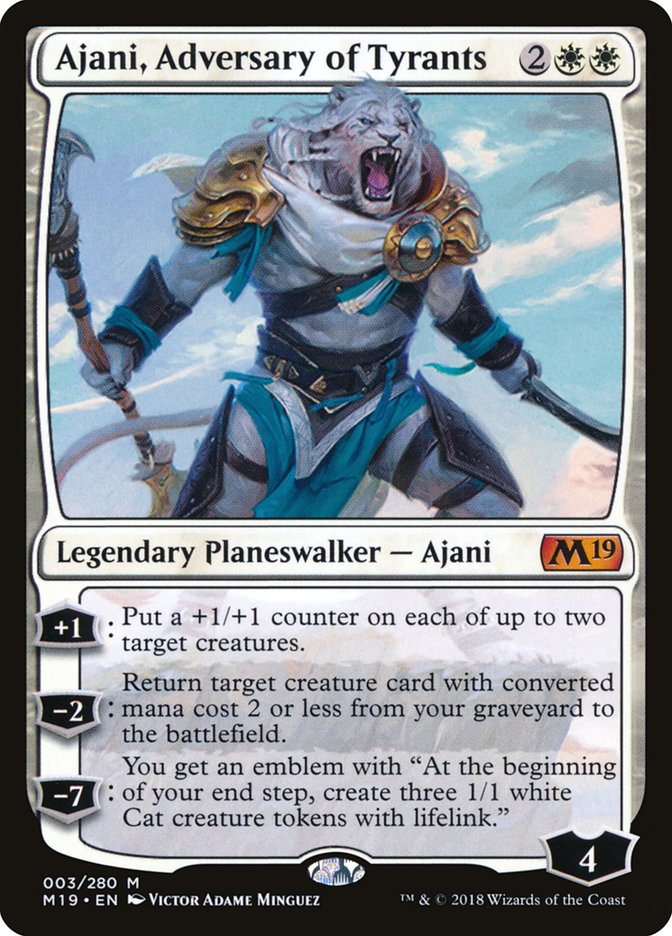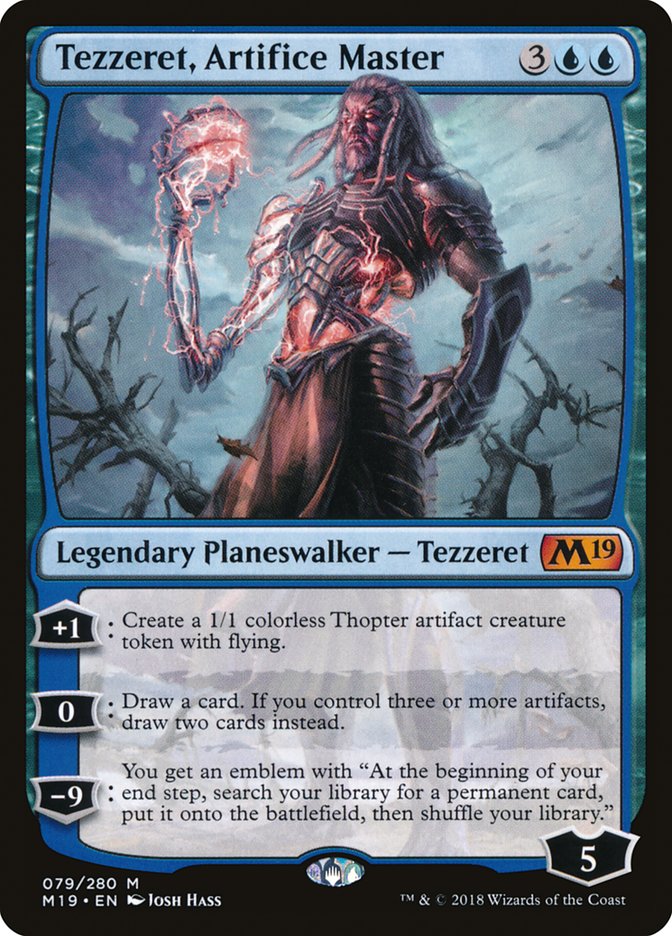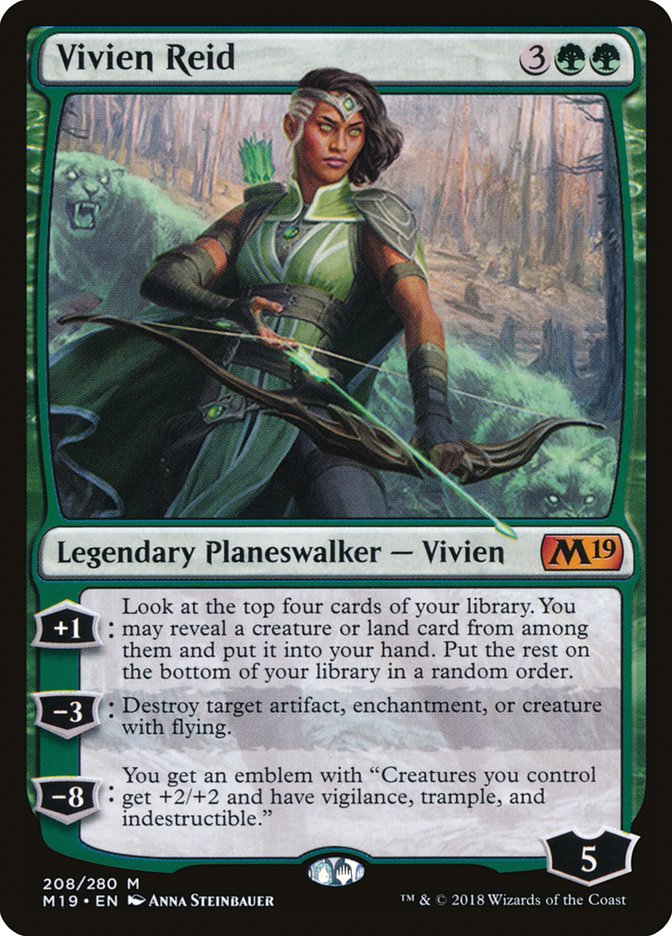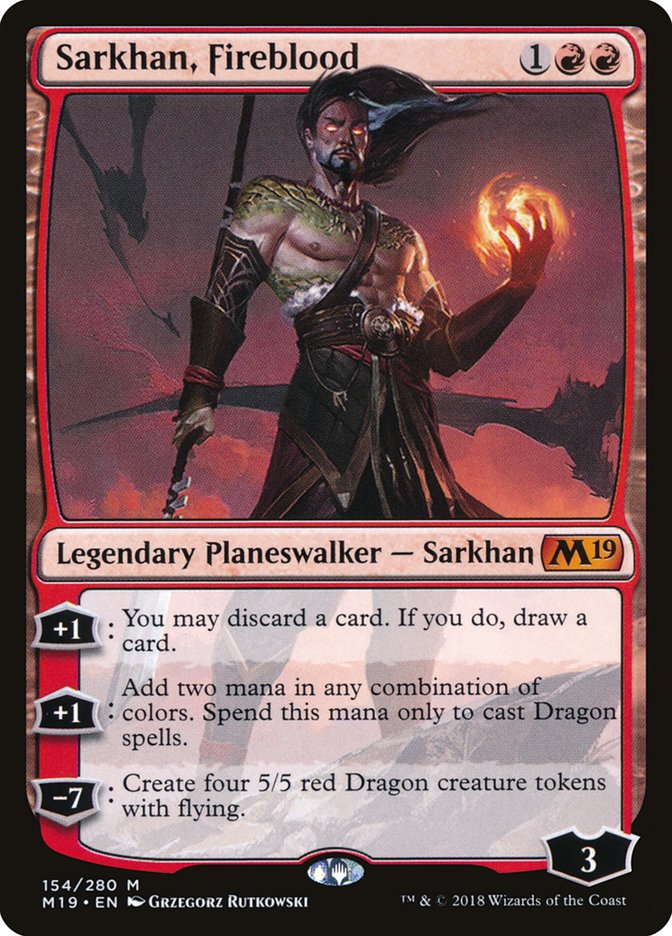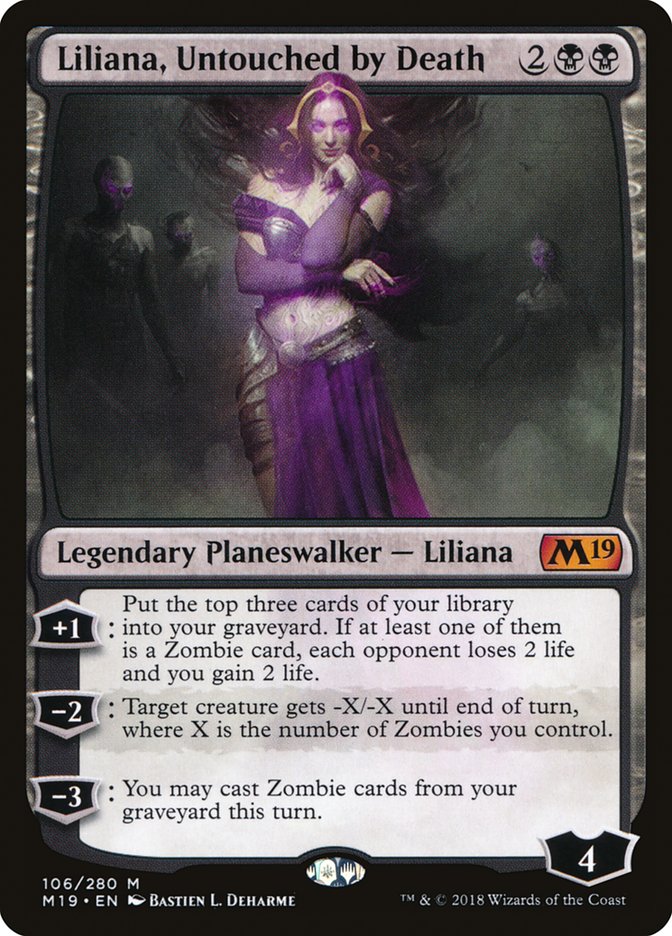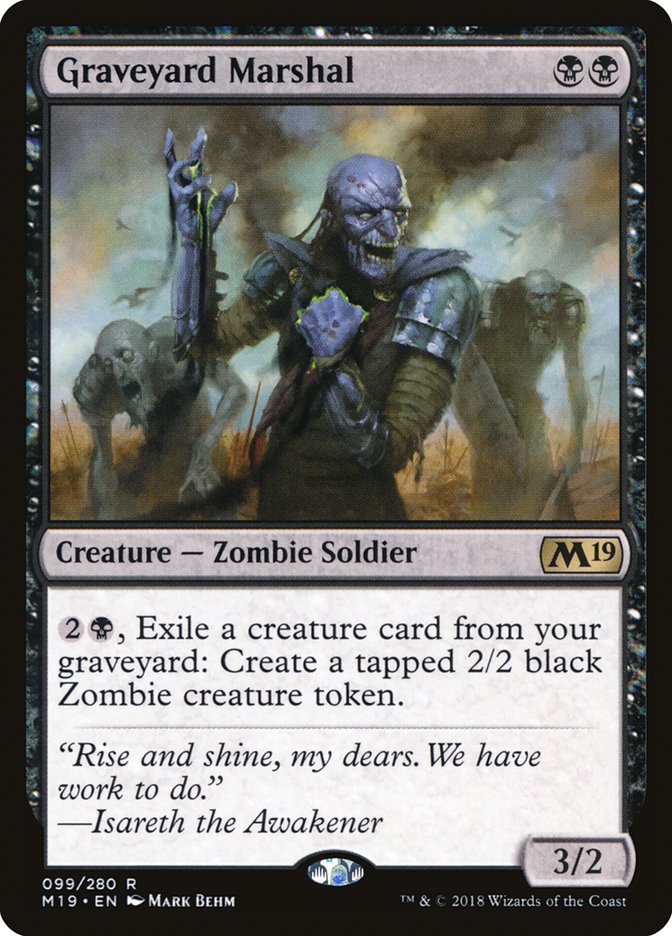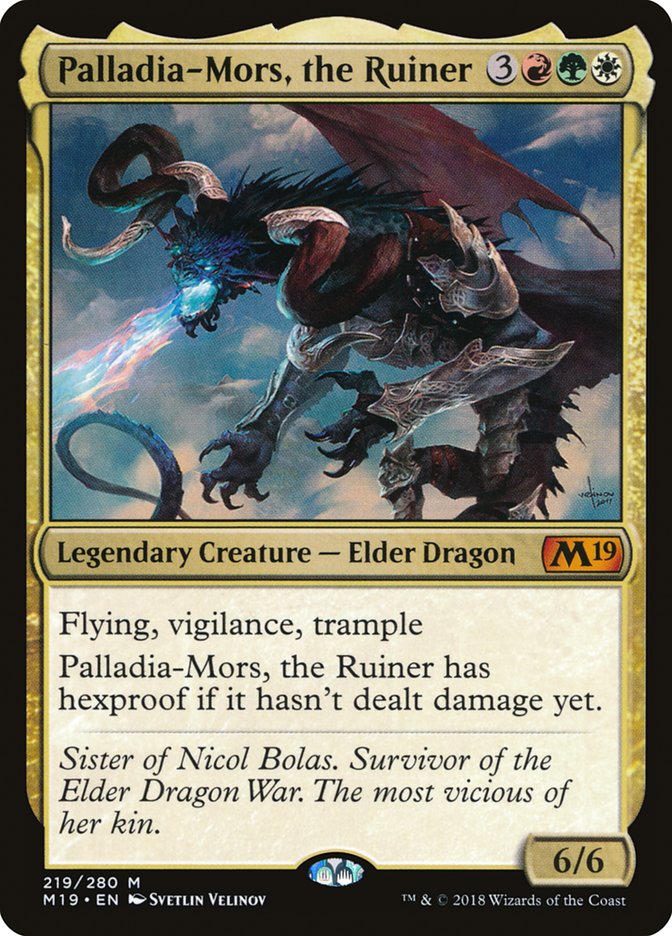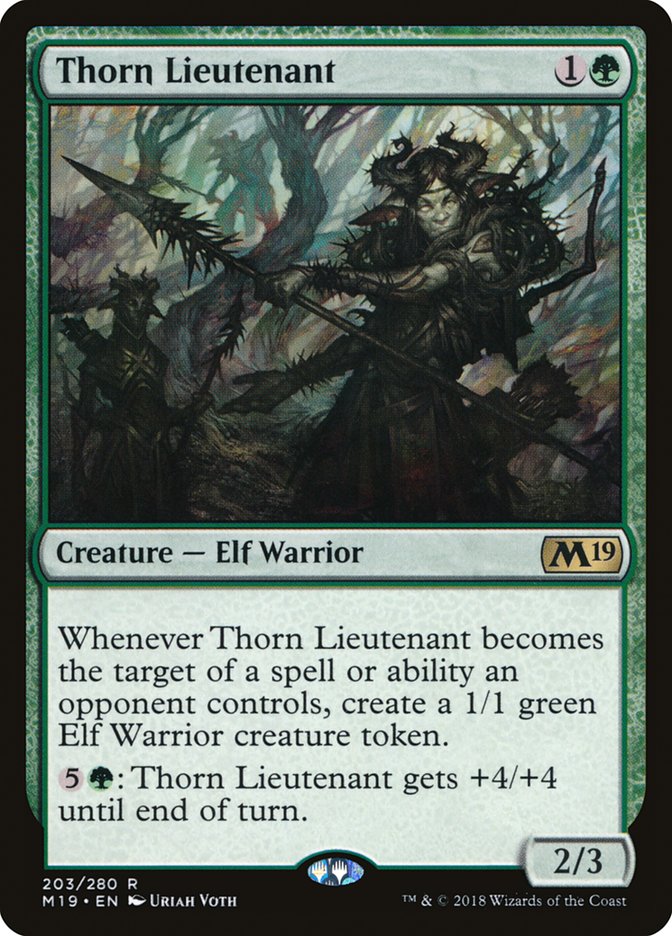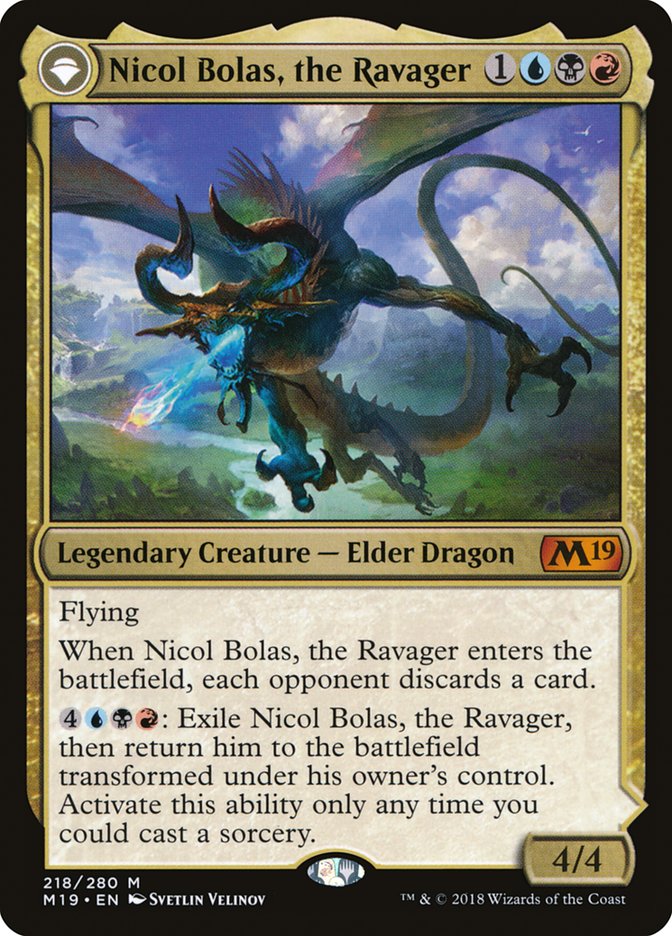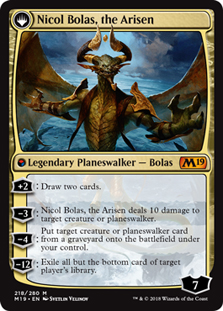The last time I sat down to really think about Magic was right after the
#SCGINVI took place when I was finishing my article about Esper Control.
That’s right. For the past three weeks, I’ve been as removed from the game
as I’ve ever been before. I received a phone call the Monday after the
Season One Invitational informing me that a dear family member passed away
which took me to North Dakota for a little over a week. While there, I hurt
my back helping my stepdad with some heavy lifting that became irritated
due to sleeping on the same bed I had as a teenager. From there, four days
of walking poorly, including a day of traveling back to Roanoke, caused me
to get what is called
Piriformis Syndrome
.
I had never heard of Piriformis Syndrome before going to the doctor, but
what happens is the piriformis muscle becomes irritated, which causes it to
become inflamed and stiffen up. This wouldn’t be that big of a deal, but
the muscle is in your buttocks and protects your sciatic nerve. Once
irritated, the muscle will clench down on the nerve and causes what’s best
described as a calf cramp, pulled hamstring, and glute spasm all at the
same time.
Oh, and your foot goes numb for some reason.
Sleeping was nigh impossible, as anytime I moved my entire leg, it felt
like it went up in flames. Needless to say, I wasn’t going to Grand Prix
Pittsburgh or US Nationals even though I really wanted to. Instead, I was
practically bedridden for close to two weeks while I did stretches in front
of my television watching Magic coverage.
The drugs I was on kept me from playing the countless hours of Magic I
normally would. Instead I occupied my time reading articles, watching
coverage, and even reading old articles and watching old coverage of Pro
Tours. For the first time in the longest time, I consumed Magic content as
if it was the air I breathed. I stopped being a player and enjoyed my time
as a spectator. Well, besides coaching Genesis when they played against
Play Design in the Team Standard Super League where I masterfully metagamed
the entire event.
You best be prepared for next week, “Brew Crew”!
While enjoying my time, I accidently started sifting through all the data
causing trends to appear. I stopped just watching for entertainment value,
and again became the seasoned pro I normally am trying to extract as much
information out of my time as possible. I’m pretty sure this began right
around the time I stopped taking so many pain pills. Who would have
guessed?
The biggest discovery, and most relevant to this article, was that the
“deck to beat” rarely got beat at the Pro Tour. It was usually the most
powerful strategy, or the one with the least holes, but always had a
proactive game plan with exceptionally powerful cards in it. Early in all
these tournaments we would see feature matches with the “new cool tech” or
the “is this a real thing” strategies, but they rarely made deep runs. Even
rarer did they become a part of the metagame after the event concluded.
This take isn’t enlightened theory, but instead something most of us are
completely aware of. Even Paulo Vitor Dama Da Rose recorded a video discussing
this almost a year ago. Everyone wants to find the next Caw-Blade or
Eldrazi deck, but the reality is rarely is there an unknown quantity just
waiting to break a format wide open. More often than not, the hivemind
grinding matches on Magic Online will quickly discover the shells poised
for greatness while also weeding out those that will always be a step
behind. We can accept this information giving us ample time to tune and
perfect these strategies, or we can go against the grain seeking out that
which might not exist. Often, those with more time to prepare will choose
the later willing to come back to the former when time is of the essence,
but sometime the rabbit hole has already been dug too deep. What I mean by
this is those without enough time won’t perfect the strategy, and those
with time trying to break the format will eventually run out of enough time
to perfect the strategy. In both instances the perfect build will not be
found. Only those with enough time to prepare, resources for good
preparation, and discipline to ignore the unknown will find themselves with
a great list of the greatest strategy.
This is why we see Joel Larsson playing Bontu the Glorified in
round five of Pro Tour
Amonkhet
, but then finish the event off with Yuuya Watanabe in the finals
with a great version of Temur Marvel. Joel being someone who loves to brew,
sometimes to his own detriment, spent tons of time trying to find a deck to
beat Temur Marvel, but fell very far short. He not only needed to find a
deck that wasn’t Temur Marvel, but also needed it to perform on a level
comparable to the deck, which wasn’t the case. In the end it was correct to
just play a stock version of Temur Marvel like some of his other testing
partners, but without a deep knowledge or tested sideboard. To be fair
that’s a tall order when you’re in the thick of it as it’s very often
difficult to see the Forest through the trees when the Pro Tour is right
around the corner.
I’m just using Joel as an extreme example, but in no way am I trying to
make a dig at him. In fact, I also chose a horrible deck in Mardu Vehicles
at that event. I learned my lesson, perfected Temur Marvel, and took it to
a first-place finish at Grand Prix Omaha a month later where I got to truly
master the deck. It’s not every day that we have broken strategies like
Temur Marvel or Four-Color Saheeli, so when they do exist it’s probably in
all of our best interests to play them rather than try to beat them. Sure,
sometimes we will be able to do that, but only when those who play those
decks don’t correctly adapt. When those who do play the best decks find the
best lists and play them well, it’s difficult to find a scalpel sharp
enough to do enough damage needed to come out ahead.
Temur Marvel wasn’t the deck to actually win Pro Tour Amonkhet
though. It was, in fact, our very own Gerry Thompson wielding Zombies, a
deck that is more formulaic than one would imagine.
Creatures (24)
- 4 Relentless Dead
- 4 Diregraf Colossus
- 4 Cryptbreaker
- 4 Metallic Mimic
- 4 Lord of the Accursed
- 4 Dread Wanderer
Lands (24)
- 22 Swamp
- 2 Westvale Abbey
Spells (12)

Zombies was the breakout deck for the event, and it continued to be a part
of the metagame long after Aetherworks Marvel was removed from the format.
The deck was proactive, resilient, and consistent. It’s practically the
same deck Steve Rubin used to win Pro Tour Shadows over Innistrad
a year earlier.
Creatures (16)
Planeswalkers (8)
Lands (25)
Spells (11)

Now I bet you’re slightly confused as these decks look nothing alike, and I
would have said the same thing if these two weeks of isolation didn’t cause
me to become woke (that’s how I say it, right?) These two decks are exactly the same when it comes to events like the Pro Tour. They
are both hyper proactive with roughly 5-6 removal spells to help push the
damage through as well as having proactive ways to also deal with
creatures; Gerry had Dark Salvation while Steve used Archangel Avacyn. Both
of these decks have threats that are fine alone, but when combined with
other cards become backbreaking. They both present a clock but do so with
extremely powerful threats at the same time. Both have resilient threats,
but also great ways to deal with problematic permanents on the other side
of the battlefield. They both ask the question, “did you bring the correct
answers?”
Creatures (23)
- 2 Pia Nalaar
- 4 Bomat Courier
- 4 Scrapheap Scrounger
- 2 Kari Zev, Skyship Raider
- 2 Glorybringer
- 3 Hazoret the Fervent
- 2 Soul-Scar Mage
- 4 Goblin Chainwhirler
Planeswalkers (3)
Lands (25)
Spells (9)
Sideboard

Both of these decks are exactly the same as what Owen Turtenwald used to
not only take third place at Pro Tour Dominaria last month but
also to top 8 US Nationals last weekend. Style points awarded to The ORAT
for doing it with the same 75, and that also helps prove my point! This R/B
Midrange deck is just another six removal spell deck that’s also
aggressive, resilient, and punishing if the opponent doesn’t have enough
answers. We can waste our breathe blaming Goblin Chainwhirler for creating
this monster, but if it wasn’t that card, it would be something else using
this formula to take hold of the metagame. It’s really no coincidence that
almost every deck like this in the past five years or so has this same
formula. It’s just a winning recipe!
Creatures (26)
- 1 Jace, Vryn's Prodigy
- 4 Reflector Mage
- 4 Sylvan Advocate
- 2 Archangel Avacyn
- 3 Tireless Tracker
- 4 Duskwatch Recruiter
- 4 Spell Queller
- 4 Selfless Spirit
Lands (26)
Spells (8)

Take a look at this Bant Company deck Luis Scott-Vargas used to top 4 Pro
Tour Eldritch Moon if you still don’t believe me! This
time around the deck played eight removal spells if you really want to
count Reflector Mage as one, but that would be grasping at straws here.
Luis’ deck also supported Archangel Avacyn as a way to interact with an
opponent on the macro scale.
There have been exceptions in the past. One great example is Abzan Aggro
playing upwards of eleven removal spells if you decided to consider Abzan
Charm as specifically a removal spell. One could argue it being so
versatile that it doesn’t classify as one, but that could just be me trying
to manipulate data to prove my argument today. I don’t even know how hard I
want to defend what I’m trying to say here. I just believe this formula
holds merit to how aggressively-slanted midrange decks want to be
constructed in this current era of Standard Magic.
So what does any of this have to do with Core Set 2019?
Well honestly, I don’t really know. I just know this was what interested me
the most these past few weeks while I was stuck on my back and I want to
look towards working with Core Set 2019 with this in mind. To
begin doing so we need to understand which deck is best right now using
this model. Well, we all know that answer, thanks to The ORAT.
Creatures (23)
- 2 Pia Nalaar
- 4 Bomat Courier
- 4 Scrapheap Scrounger
- 2 Kari Zev, Skyship Raider
- 2 Glorybringer
- 3 Hazoret the Fervent
- 2 Soul-Scar Mage
- 4 Goblin Chainwhirler
Planeswalkers (3)
Lands (25)
Spells (9)
Sideboard

R/B Midrange is the deck that we need to beat. Now that doesn’t mean it’s
the Temur Marvel or Four-Color Saheeli deck of the format as we’ve seen the
deck slowly get beaten down by a metagame that’s became accustomed to it.
It just means that it supports this formula I’ve been discussing the best
which, if my theory is correct, makes it the strongest deck in this mould.
Anything else trying to do the same thing will most likely be an off-brand
knock-off, but it’s possible that there’s something out there to be
discovered for those who have enough time to find it. You see, it all comes
full circle! Will someone find something new or will people work to tune
this deck properly for the upcoming events? Only time will tell!
What makes this deck so good is that everything it plays is amazing for its
initial investment, but we’ve all been over this before so need trying to
reiterate the known. What’s worthy of our time today is looking through Core Set 2019 to try to find the cards that may be able to go over
the top of R/B Midrange as the only thing we’ve found that can go through
it is Mono-Red Aggro.
Core Set 2019
has five Planeswalkers*, and all but one of them can grow to a healthy
five-plus loyalty the turn they enter the battlefield, but I still don’t
think any of them show the raw power of Planeswalker that currently exist
in Standard. I’d be really surprised if these cards can keep up with
Mono-Red Aggro or R/B Midrange, but I’d expect many of them to flourish
after Kaladesh and Amonkhet block rotate. Especially
Ajani, Adversary of Tyrants as I could easily see a Knight deck coming
becoming extremely strong as it works so well with History of Benalia,
Knight of Malice, and Knight of Grace. Who knows, this might be good enough
for Standard right now and will be something I put some time into, but I
just think it’s slightly behind the sheer power of Chandra, Torch of
Defiance, Glorybringer, and Shock.
There’s been a decent amount of chatter about this lil’ guy, but I think
too many people are seeing this as a Zombie and not considering it to crew
for Heart of Kiran. Mono-Black Zombies may be able to get back into this
format, thanks to the few decent Zombies that are coming out of this set,
but Dark Salvation was the most important card for the deck last year,
which isn’t in the format. I just fear that Liliana’s Mastery is not enough
to push this deck over the edge against all the amazing red cards in this
format. That, and the fact that these red decks have forced more
controlling decks to become prominent in the metagame. Zombies just doesn’t
seem fast enough anymore and doesn’t seem resilient enough to grind through
decks like B/U Midrange and U/W Gift. I’m much more interested in filling
out Mono-Black Aggro leaning on its speed than I am trying to go all in on
the Zombie theme.
Creatures (26)
- 4 Diregraf Ghoul
- 4 Scrapheap Scrounger
- 4 Dread Wanderer
- 4 Bone Picker
- 2 Ruin Raider
- 4 Vicious Conquistador
- 4 Graveyard Marshal
Lands (20)
- 16 Swamp
- 4 Ifnir Deadlands
Spells (14)

Now this is a card I can get behind when trying to defeat R/B.
It’s going to get to block no matter what (Doomfall/The Eldest Reborn),
trumps even the biggest of threats (Soul-Scar Mage + Glorybringer), and is
even in a heavily-played color combination (I bet you get the joke by now).
Again, how is R/B Midrange ever going to beat this card?
In all seriousness I do really like Paliadia-Mors, but I have no idea what
to do with it. Again, we are living in a unique Standard environment right
now where we’re unsure what decks are actually going to be good. Who knows,
there’s a chance this card could be the real deal especially alongside
Blossoming Defense since one of the trick’s biggest issues was that they
could kill the creature before you untapped to protect it. The problem I
have is when will this card be better than good ol’ Carnage Tyrant? We
would need to see decks like B/U Midrange take over the format again which
would be the best time for a giant Dinosaur to come back into existence.
The same could be said about Bristling Hydra. I just don’t actually know if
Palladia-Mors is up for the challenge, but that’s why we have to play with
the cards first! Flying and vigilance are pretty nice abilities, after all!
I really have high hopes for Thorn Lieutenant. I know it doesn’t look like
much, but it’s an annoying early drop against these red-based decks, which
is exactly what is needed sometimes. They may be able to deal with it, but
it’ll always leave something behind, which might just be a chump blocker
against Hazoret the Fervent. It also lines up well against Chandra, Torch
of Defiance, which is actually very nice on some battlefields. On top of
being efficient in the early turns, Thorn Lieutenant also is a great mana
sink in the later turns. I expect this card to replace one of the two-drops
in Mono-Green Aggro, but, at the moment, I’m unsure which one.
That’s all I have for this week. Over the weekend, I’m going to utilize
these newly understood theories and try to use them against The Brew Crew
next Tuesday when we face off against them for the Team Standard Super
League Championship. I’m excited to be a part of the first competition to
use Core Set 2019 cards, and I hope you all join in watching next
Tuesday 9pm EST at twitch.tv/Magic. Then I will be back next Thursday with
what I learned from the first exploration into Core Set 2019
Standard! See you then!
*If you commented already about how Nicol Bolas, the Ravager is technically
the sixth Planeswalker, then I say good day. I said, GOOD DAY!


